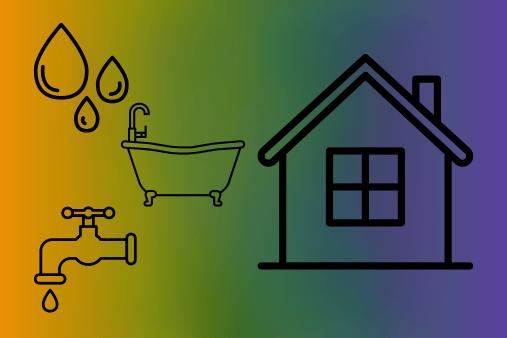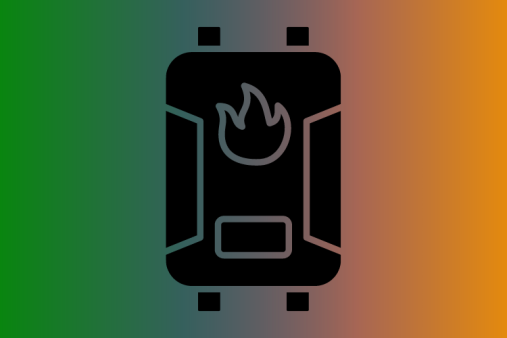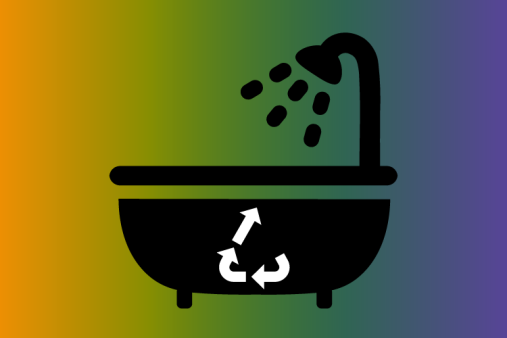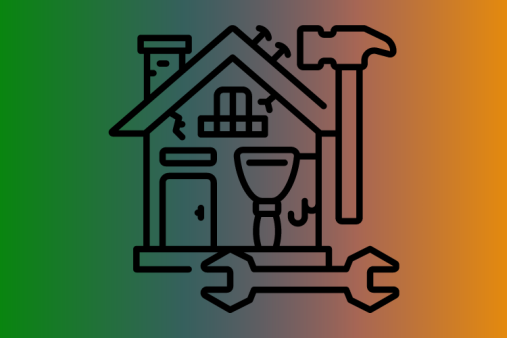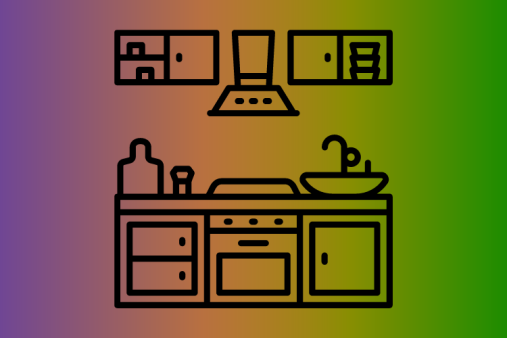Eco-Friendly Kitchen Choices
It can be hard renovating your property with one eye on the environment. Everything we do has an impact, and trying to work out what the best option is in terms of the environment can be tricky. If you’re thinking about changing your kitchen or updating it in another way, here are some issues to think about and consider.
Update Rather than Replace?
Throwing good things away just because we’re fed up with them or fashions have moved on contributes hugely to waste and landfill. Also, there’s the environmental impact of producing and transporting a whole new kitchen to your home. It’s always more ecologically sound to prolong the life of what you have, and in the kitchen this could mean painting cabinets, just replacing the doors rather than the entire unit, reconfiguring the design rather than buying an entirely new kitchen, or many other options for reusing rather than replacing.
Low-Energy
Another area to look at is to consider energy-saving appliances wherever possible. Choosing a more energy-efficient hob, fridge or oven will not only lessen your environmental impact, it’ll reduce your energy bills too. Think about your lighting options too, choosing low energy LED bulbs where you can. Ensure that if you’re installing new radiators, that they have thermostatic valves to allow you to adjust temperature in each room.
Recycled Products for Kitchen Projects
Manufacturers are starting to embrace the idea of recycling, but there’s still a long way to go. At one end of the scale, it’s possible to replace your kitchen entirely using second hand, or unwanted items from other people’s homes. It takes time and dedication to scour the adverts though, or collect the items. Another good option is to look for recycled work surfaces made from glass or old timber, or reclaimed flooring from a salvage project. Make sure you’ve a space in your kitchen to make your own recycling easier, with space to sort rubbish or store food scraps for collection.
Eco-Friendly Flooring
When it comes to flooring, try to look for something hard-wearing and long-lasting which won’t require to be replaced in a couple of years. Rubber and cork are good choices, as both are natural products with less environmental impact than perhaps tiles or vinyl. In older houses, consider using salvaged flooring rather than brand new tiles, as this will look as if it has been in your home forever. Don’t be afraid to ask flooring suppliers about the sustainability of their products, or ask about recycled products.
Single Use Plastic in the Kitchen
The environmental impact of plastics which we use once and throw away can’t be overestimated. If you’re planning a kitchen re-design, try to allocate lots of cupboard space to allow you to buy in bulk and minimise packaging. Look into refillable cleaning products or handwash, or think about getting beeswax food wraps instead of using cling film or foil. Recycle your own packaging wherever possible, and look into getting foods from local suppliers who can deliver without packaging at all.

